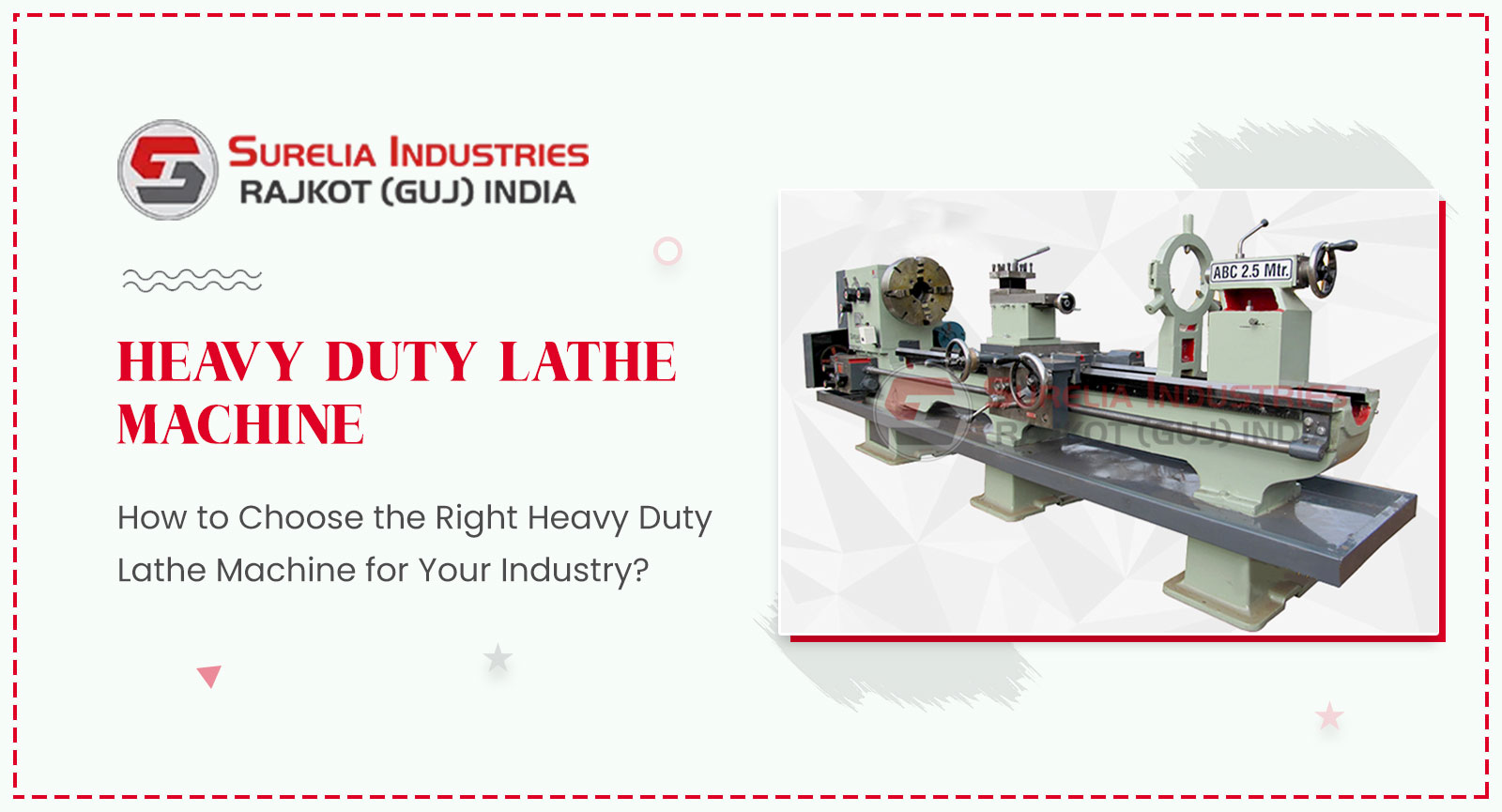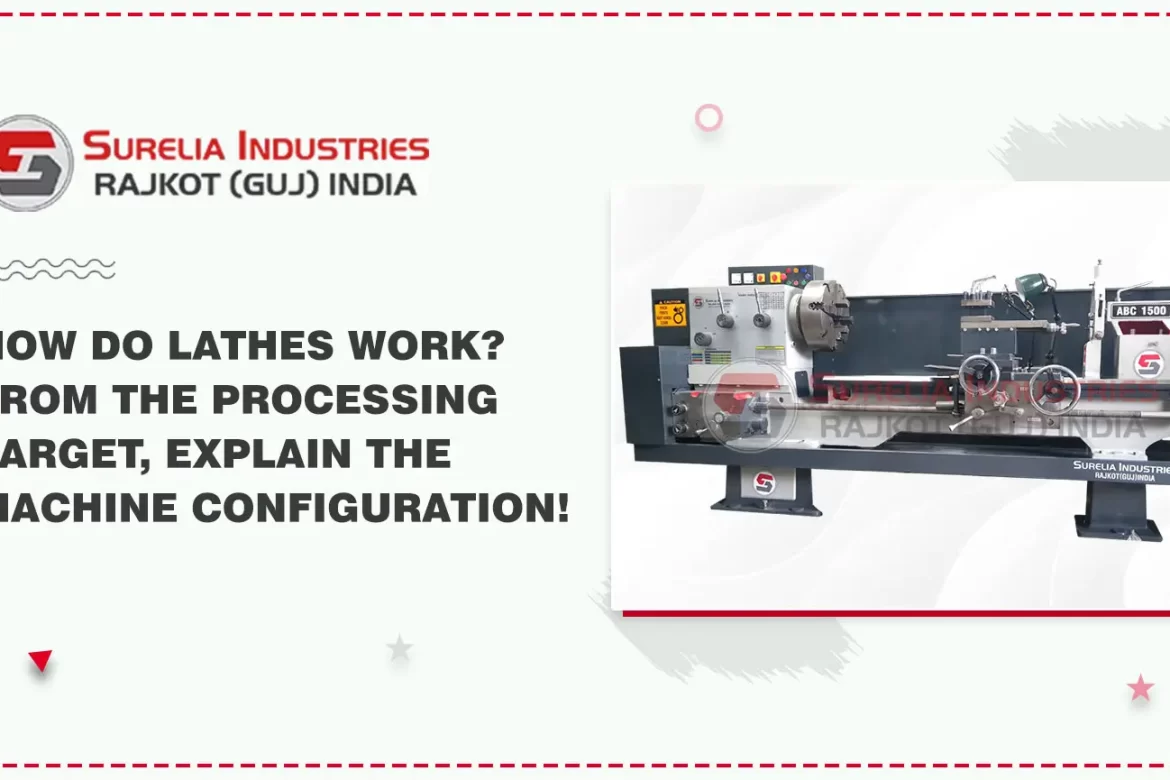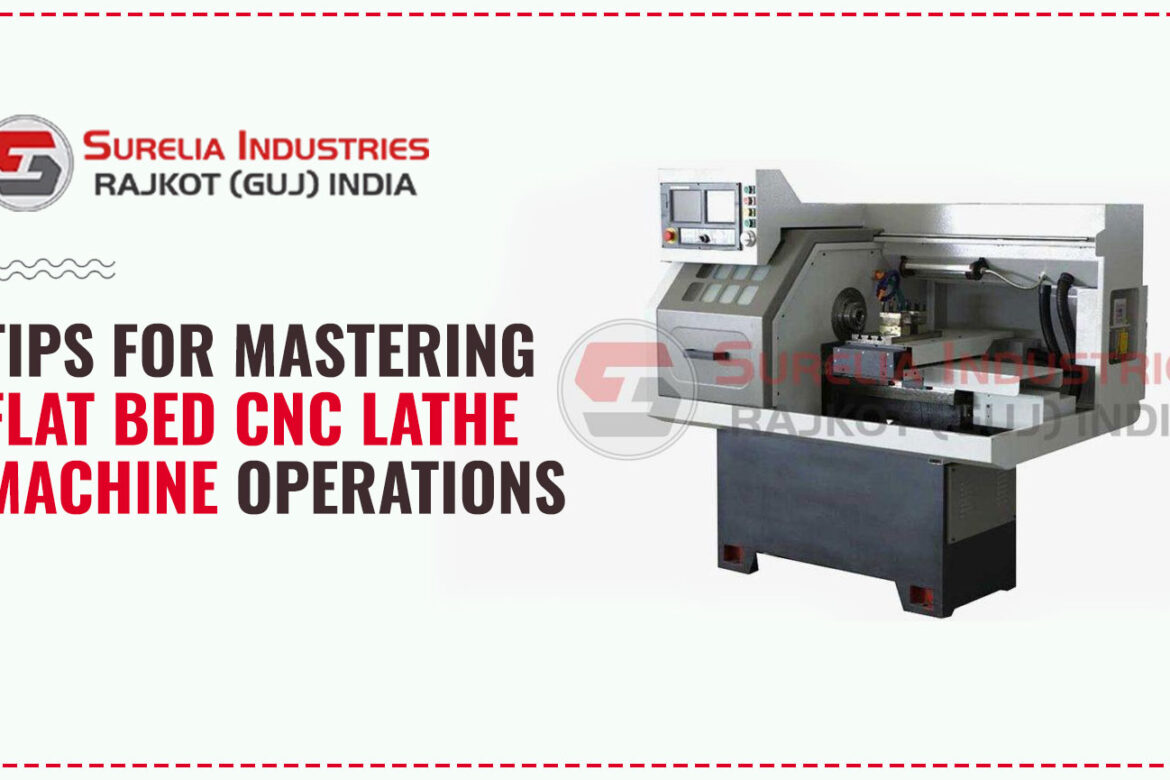Heavy duty lathe machine, a true powerhouse in the metalworking sector, can transform your manufacturing capabilities. But with an array of options available, selecting the right one for your specific industry needs can be a daunting task. Don’t worry, this guide will equip you with the knowledge to choose the right heavy-duty lathe for your requirements.
Follow the Below Tips For Selecting the Right Heavy Duty Lathe Machine:
Step 1: Know Your Industry’s Demands
Before diving into specifications, take a step back and analyze your industry’s demands. Consider:
Material: What metals will you primarily work with? Steel, aluminum, titanium, or exotic alloys each have distinct machining characteristics. Choose a heavy duty lathe machine with the power and rigidity to handle your chosen material effectively.
Part size and complexity: Will you be working on small, intricate parts or large, heavy-duty components? The lathe’s swing (maximum diameter of the workpiece) and distance between centers (maximum length of the workpiece) should accommodate your typical projects.
Production volume: Are you a small workshop producing one-off pieces, or a high-volume manufacturer churning out parts in bulk? Look for features like automatic tool changers and CNC compatibility for increased efficiency in high-production environments.
Accuracy and tolerances: How critical are the dimensional tolerances of your parts? Choose a lathe machine with high spindle runout accuracy and robust construction to ensure consistent, high-quality results.
Step 2: Consider the Key Specifications & Features
Now, let’s delve into the technical aspects of a heavy duty lathe machine:
Swing diameter: This defines the largest workpiece diameter the lathe can handle. Ensure it accommodates your biggest parts with some clearance.
Distance between centers: This determines the maximum length of the workpiece that can be machined. Factor in any chucking requirements.
Spindle speed and power: Higher speeds enable faster machining, while adequate power tackles tougher materials and larger cuts.
Tooling capacity: Consider the number of tool holders and their types (e.g., quick-change, automatic tool changer) based on your part complexity and desired automation.
CNC vs. manual: Manual lathes offer greater flexibility for one-off or intricate jobs, while CNC excels in high-volume, repetitive production with consistent accuracy.
Step 3: Consider Additional Factors
Beyond the core features, think about these practical aspects:
Brand reputation and service: Opt for established brands with reliable after-sales support and readily available spare parts.
Budget: Heavy-duty lathes are significant investments. Determine your budget and explore financing options if needed.
Space and power requirements: Ensure your workspace can accommodate the lathe’s size and its power consumption matches your electrical supply.
Safety features: Emergency stops, guards, and proper grounding are essential for operator safety.
Final Words
By carefully considering your industry’s specific requirements and evaluating the technical specifications, you’ll be well on your way to selecting the perfect heavy duty lathe machine. Remember, this machine is an investment that can significantly boost your productivity, precision, and overall manufacturing efficiency. Choose wisely, and see your business thrive!

Surelia Industries
Surelia Industries has immense expertise in the manufacturing of lathe machine. We have been providing top quality Lathe Machine to our clients since 1975.









